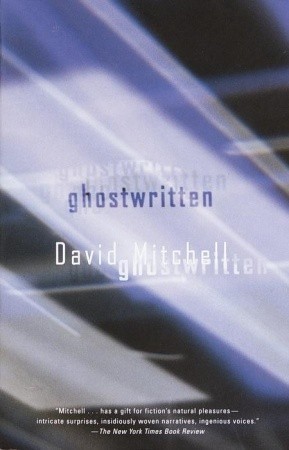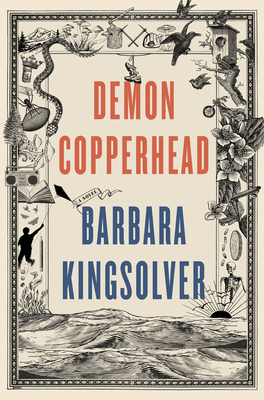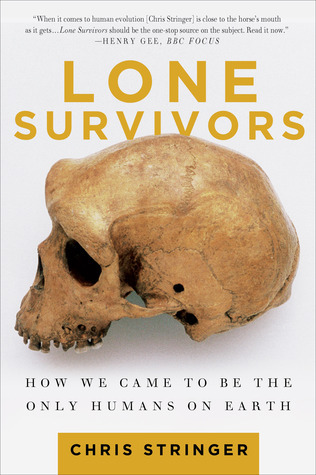I only managed to finish three books this month, but they were long ones!
Ghostwritten was David Mitchell’s first novel. The only other book of his I’ve read is Cloud Atlas, which famously is a cycle of stories that circles in on itself. This book also is telling separate stories that have links, and part of the enjoyment of reading, in addition to the great writing, is catching those links. It’s harder to see thematic links, however, although the title of the book gives a clue. Who, the book might be asking, is writing the narrative behind the scenes? The first and last chapters, for example, are about a Japanese man who goes by the name Quasar. He is a member of a cult intent on cleansing mankind before the arrival of a comet that will destroy the world. He takes his instructions from a leader, Serendipity, someone he does not see. There is also a non-corporeal being—or more than one—who appears in a couple of the chapters, and in a chapter set in Hong Kong, there may be an actual ghost who inhabits the main character’s apartment. Artificial intelligence appears in the New York chapter, something apparently scripted by the physicist whom we meet in the Ireland chapter. Gangsters feature in the Hong Kong, Mongolia, and St. Petersburg chapters, vile men who determine the narrative, even though they are little seen. And so on. Even though I can’t say I fully understand what Mitchell is doing in the book, I thoroughly enjoyed reading it.
Demon Copperhead by Barbara Kingsolver is her latest novel and was my book club’s selection for January. The narrator and main character is Damon, a kid born in far western Virginia to a young single mother who struggles with addiction. He’s ten when the story starts, living alone with his mother in a trailer, and shortly after that he enters the foster care system. After his latest foster family leaves town, Damon goes off in search of his dead father’s mother, who lives somewhere in East Tennessee. At that point, Damon, called Demon by most, begins to grow his awareness of the raw deal faced by many in Appalachia, and the book paints a stark portrait of poverty, drug addiction, a lousy and over-burdened foster-care system, while laying the blame for the area’s woes on corporate greed: first the coal mines and then the pharmaceutical companies. As with other Kingsolver novels, it’s hard to miss her agenda, and if it happens to be one you share (I do), then the book is immensely satisfying.
Lone Survivors: How We Came to be the Only Humans on Earth by Chris Stringer is a complex attempt by a paleoanthropologist to explain some aspects of human evolution. I found it fascinating, if somewhat confusing. Stringer is an advocate for Recent African Origin (RAO), the theory that modern humans originated in Africa and spread from there to other parts of the globe. There are variations of the theory that posit multiple waves of this exodus, which I think is the explanation for pre-modern humans such as Neanderthals and others whose fossilized skeletons have been found in Europe and elsewhere. The book is already a little dated, I think, as the technology is moving very fast that allows the dating of discoveries. I was particularly interested in the origins of language, and this book touches on that very briefly. On the whole, the time frames we’re talking about are mind-boggling.




